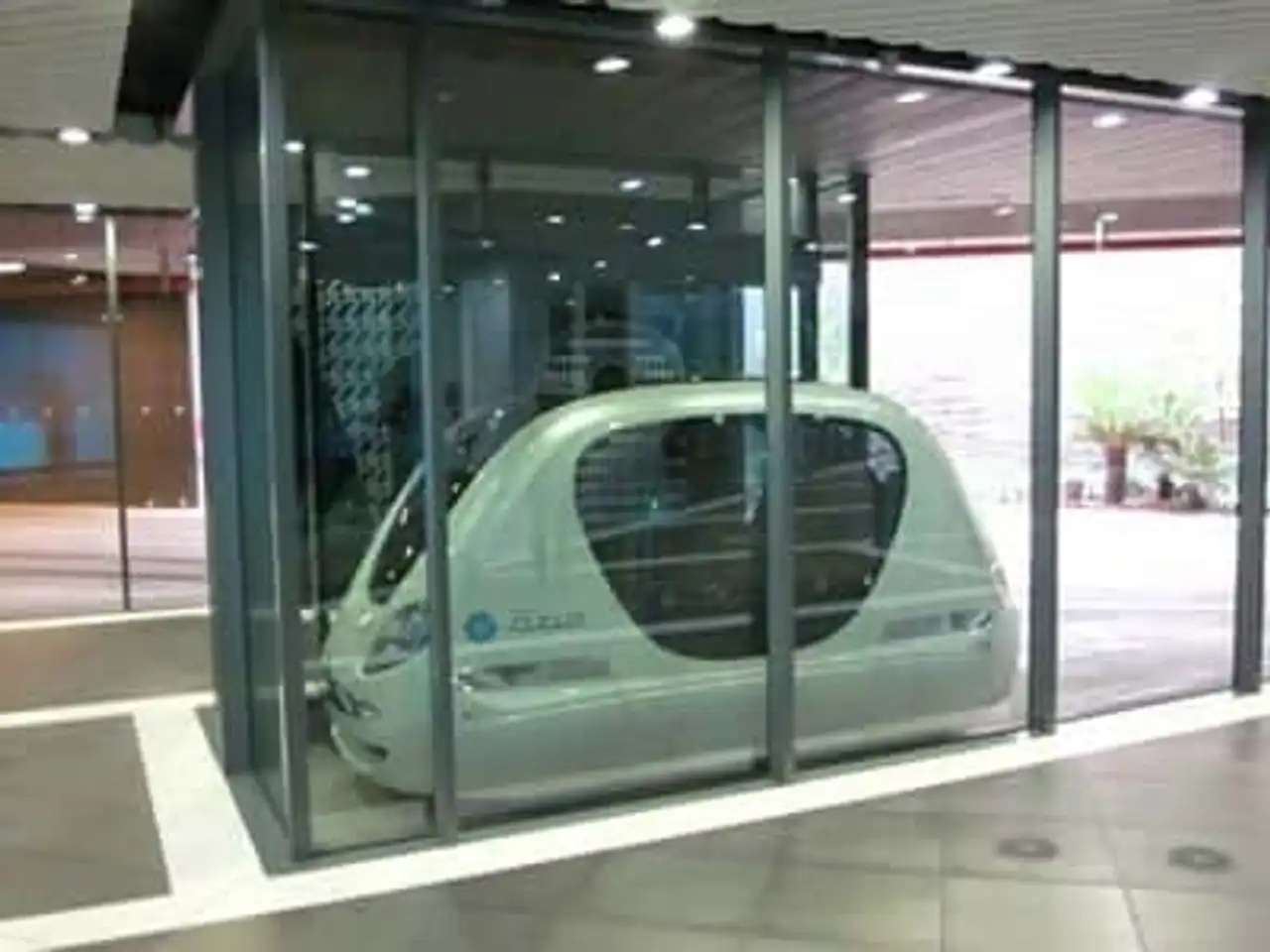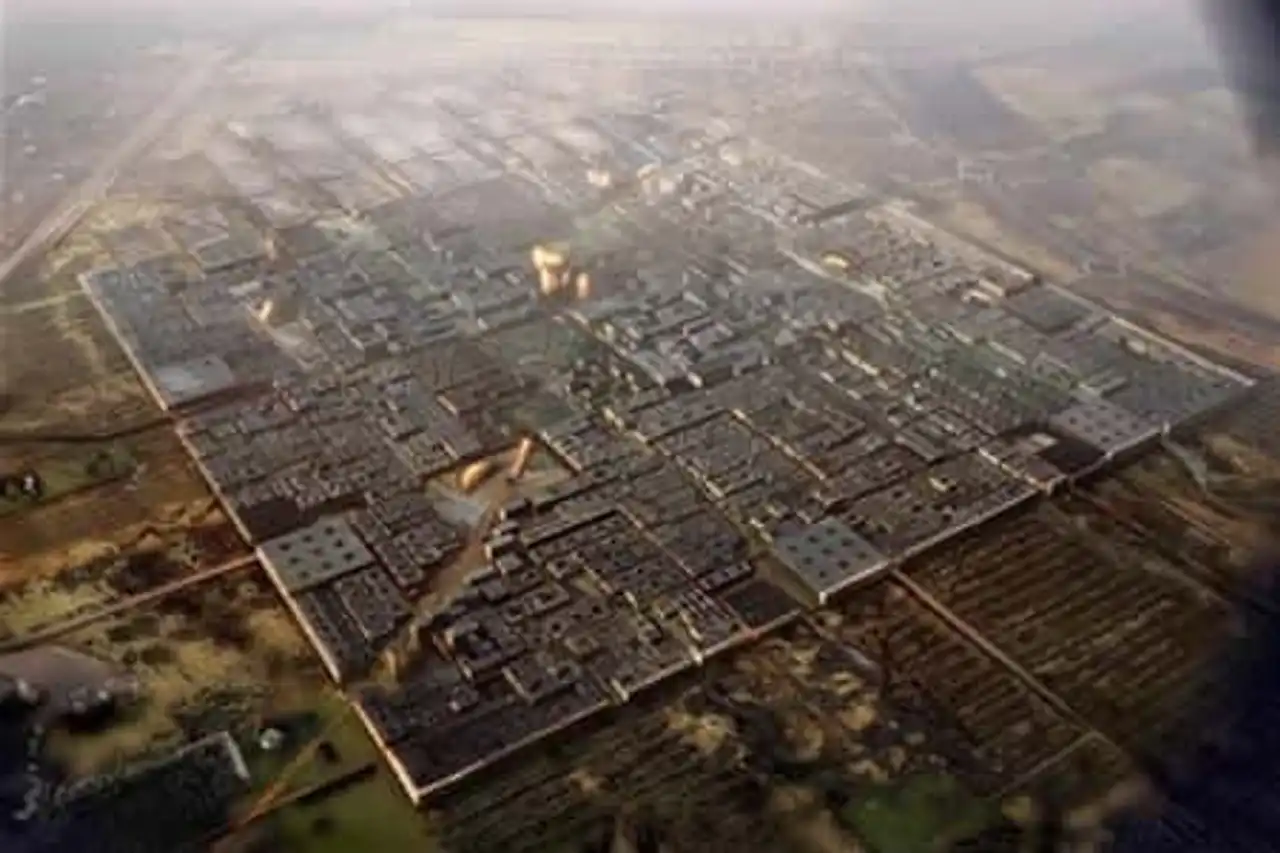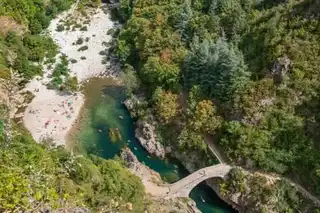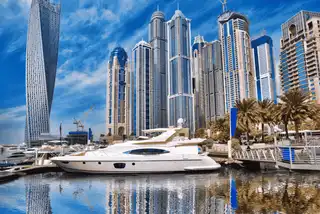Masdar is a pharaonic project in the rich country of the United Arab Emirates. Aware that their oil reserves are not eternal, the leaders decided to experience a first fully self-sufficient city in the wilderness
What is Masdar?
Masdar comes from the Arabic meaning “source”. This city is planned for 50,000 inhabitants and 1500 businesses and is expected to be around the day between 2020 and 2025 to 17 km southeast of Abu Dhabi city and next to the city’s international airport.
The aim of this project is to create a "zero rejection" city. Everything must be designed so that the city can be autonomous at the energy level.

The Masdar project
The project was developed by Mubadala Development Company. Started in 2006, it was originally planned for approximately $22 billion and eight years of work. However, the financial crisis significantly delayed work in the city. The first phase of construction with 1,000 000m2 will be completed in 2015 and the entire project will be completed in 2020.
Companies that need to settle in Masdar are supposed to be companies specializing in the environment and renewable energies. Every day, 60,000 outside workers will be expected in the city. Masdar will be the last born of a small number of small cities test for this kind of project after KAUST Saudi Arabia and Tsukuba Science City Japan.
Transport system and Masdar Institute
The Masdar transport system promises to be revolutionary. Indeed, the city was raised at the base of 7 metres to allow the construction of an underground transport network. In Masdar, vehicles are banished and everything is done underground by electric vehicles.
Indeed, the city has been designed to have narrow and well sheltered streets of the sun with directions that allow to "climatize" the streets thanks to the wind to the architecture of the buildings. Not or little vehicles inside so.
The Masdar metro line will be linked to the Abu Dhabi city system and, in-house, a PRT (Personal Rapid Transit) system will be set up with special vehicles and special lines for deliveries and other rapid personnel movements.

Credit: Jan Seifert
The Masdar Institute of Science and Technology worked in partnership with MIT (Massachusetts) to create a city that consumes 70% less electricity and drinking water than a city with traditional buildings. Everything is designed to reduce the energy bill.
To do this, Masdar will use many sources of renewable energy. One of the first constructions of the project is a photovoltaic tower that can produce from 40 to 60 megawatts. This tower provides the necessary energy for the rest of the city’s construction and will be used later for the rest of the energy in the city. Many solar panels will be arranged throughout the city to capture as much energy as possible (total of 130 megawatts). Wind farms will be built around the city to capture the wind and produce energy (up to 20 megawatts). The geothermal energy of the area is also in project.
Masdar would also like to house the world’s largest source of hydrogen energy.
For drinking water, a solar water desalination system will be used and dimensioned to meet all the needs of the city. (about 60% less than a normal city of the same size). 80% of this water will be recycled and used as much as possible for other uses such as irrigation, etc...
The city of Masdar under discussion
Masdar seems to be an innovative and "clean" project, however, the project is being debated. Indeed, the project is supported by WWF, Greenpeace, the United States government and many other renowned institutions.
Yet, many voices rise against this project regretting that we spend huge sums to make new cities from scratch rather than improve existing cities. Some are afraid that Masdar becomes a privileged city where only the rich can live. "A new refined enclave for the most dwarfs further accentuating the gap between social classes" for some...
Have you ever heard of Masdar? What do you think of this project?









Loading comments ...